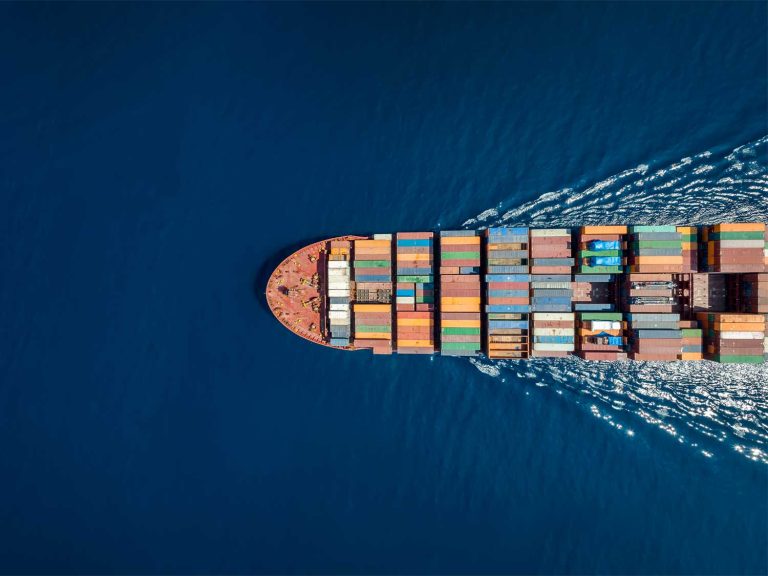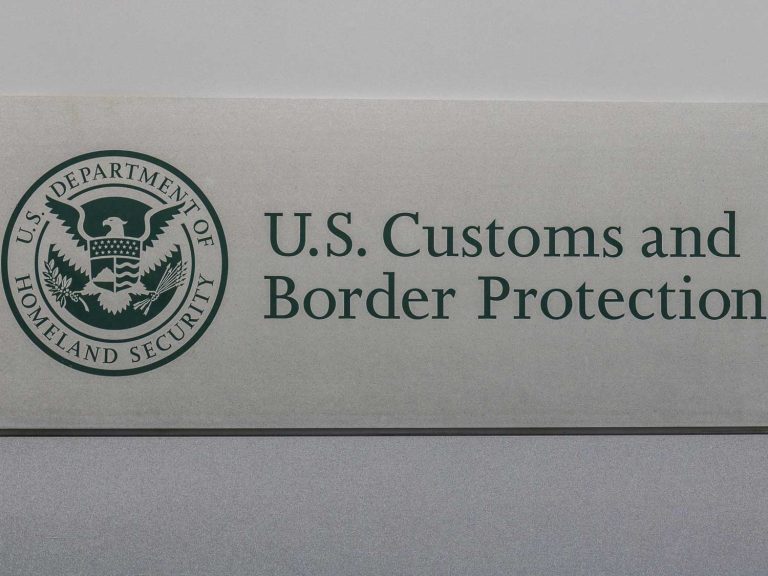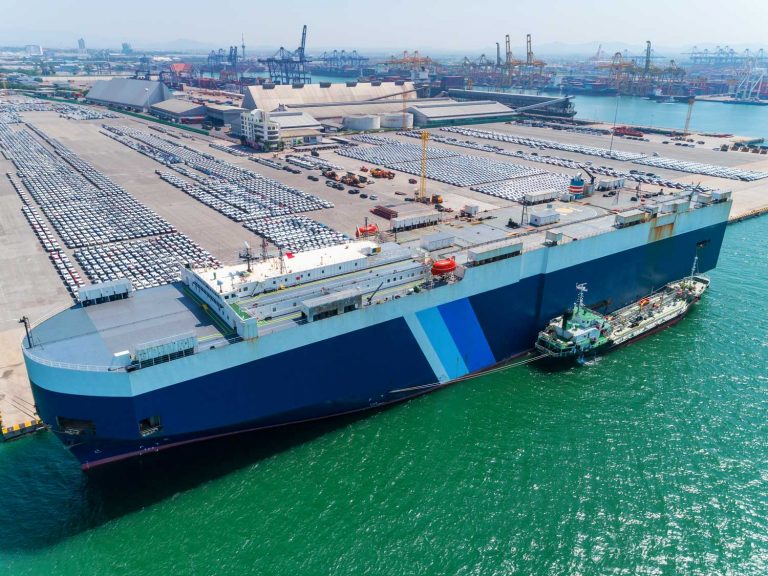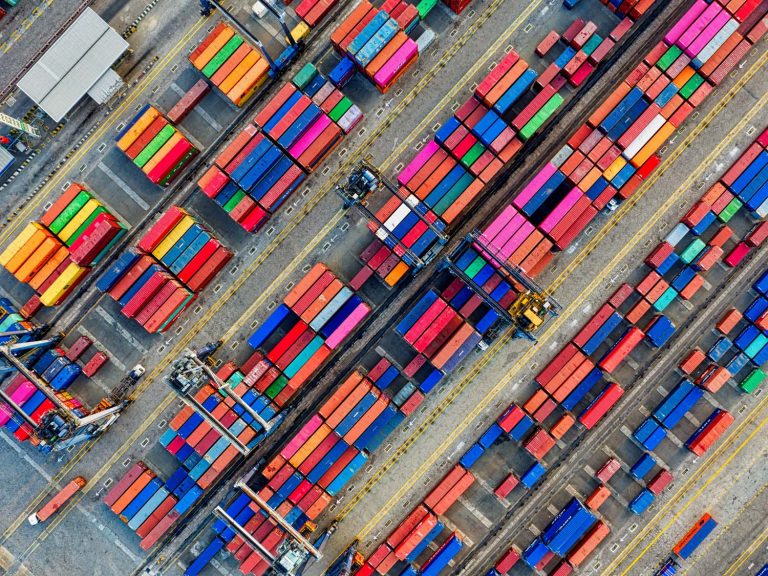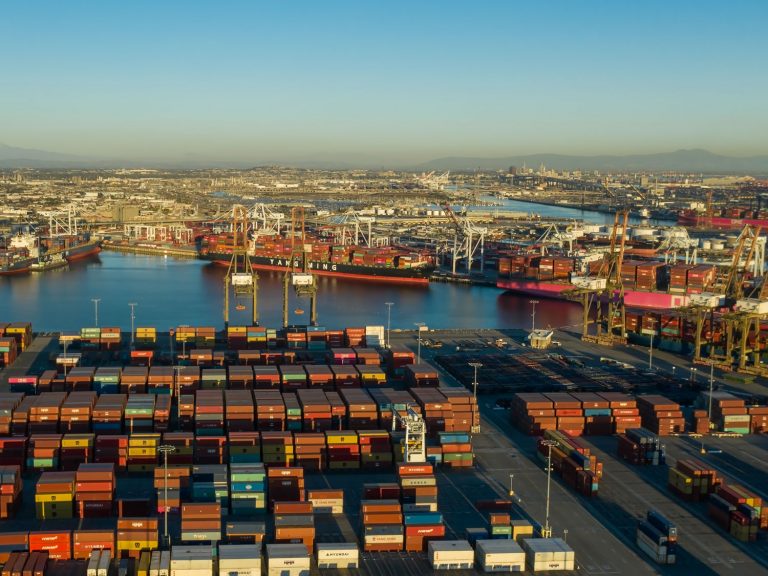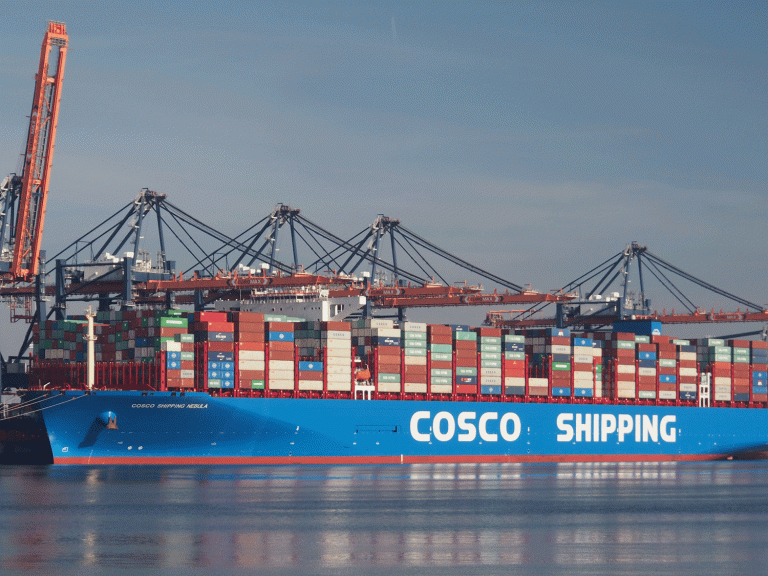Europe Builds Momentum as Trans-Pacific Slowdown Deepens
Global container shipping is evolving rapidly, with Asia–Europe trade lanes showing fresh strength just as the transpacific market enters a significant slowdown. This divergence is creating new challenges and opportunities for shippers.
On the Asia–Europe route, demand has been steadily ri...
Read more US Customs Reforms Raise Questions on HTS Entries and Transshipped Goods
Businesses responsible for customs clearing goods into the US are adjusting to two significant Customs and Border Protection (CBP) changes that could affect classification practices and the treatment of goods in transit.
Firstly, CBP has expanded the number of Harmonised Tariff Schedule (HTS) ...
Read more Momentum for UK Carmakers in Landmark US Trade Deal
British car manufacturers will benefit from cost savings and improved export competitiveness, following the formal implementation of the first stage of the UK–US ‘Economic Prosperity Deal’ signed at the G7 Summit on 16 June 2025.
Under the deal, up to 100,000 UK-built vehicles per year c...
Read more Tariff Pause Triggers Surge in Ocean Freight Rates – But Legal Roadblocks Lie Ahead
Container shipping lines are driving spot rates sharply higher, with the 2025 transpacific peak season likely to begin earlier than usual, fuelled by a surge in US imports from Asia.
Spot rates on key routes are rising faster than during the pandemic-era boom. Carriers implemented general rate...
Read more Air Cargo Outlook Strengthens
Global air cargo demand continues to show signs of recovery, driven by seasonal trends, front-loaded shipments and shifting trade flows. However, market conditions remain volatile, with varying regional dynamics, capacity fluctuations and ongoing uncertainty.
Air cargo demand, measured in carg...
Read more Court Ruling Challenges Trump’s Trade Strategy Amid Global Uncertainty
A U.S. federal court has ruled that President Donald Trump's sweeping "Liberation Day" tariffs are illegal — delivering what may prove to be a major blow to his trade policy agenda, or simply a temporary setback.
On May 28, 2025, the United States Court of International Trade determined that...
Read more UK Strikes Trio of Trade Deals in May
The UK government has made major strides in strengthening its international trade relationships this May, concluding three key agreements with India (6 May), the United States (8 May), and the European Union (19 May).
These agreements could reshape trade routes and sourcing decisions, reduce c...
Read more Tariffs, Complexity and Opportunity
As the United States recalibrates its tariff landscape, importers (and DDP exporters) are navigating a rapidly shifting environment. With Section 301 tariffs on Chinese goods still firmly in place, it has never been more critical to understand which tariffs apply and how to calculate them.
In ...
Read more Cargo Rush Sparks Port Congestion and Equipment Shortages
The recent 90-day pause on US tariffs on Chinese imports has sparked a dramatic surge in demand, as American importers scramble to front-load shipments ahead of the 14 August deadline. The demand spike is now placing considerable pressure on supply chains across Asia and Europe, threatening to di...
Read more Pressure Mounts on US Heavy Equipment Manufacturers
America’s machinery manufacturers have raised red flags over escalating tariff costs, reinforcing growing concern across the manufacturing sector.
With supply chains spanning the US, Europe, Mexico and China, heavy equipment manufacturers are experiencing firsthand how volatile trade policy ...
Read more Tariff Pause Triggers Early Transpacific Peak Season
The 90-day suspension of US-China tariffs has delivered a sharp jolt to transpacific ocean freight, triggering an unseasonal spike in demand and pushing spot rates up significantly.
This unexpected policy reprieve has not only created a narrow window of predictability for US importers, but als...
Read more US Port Fees on Chinese-Built Vessels
The United States Trade Representative (USTR) has finalised a revised plan to impose port fees on Chinese-built containerships calling at US ports.
This follows the reintroduction of the SHIPS for America Act, part of President Donald Trump’s broader push to revive the US shipbuilding indust...
Read more 
